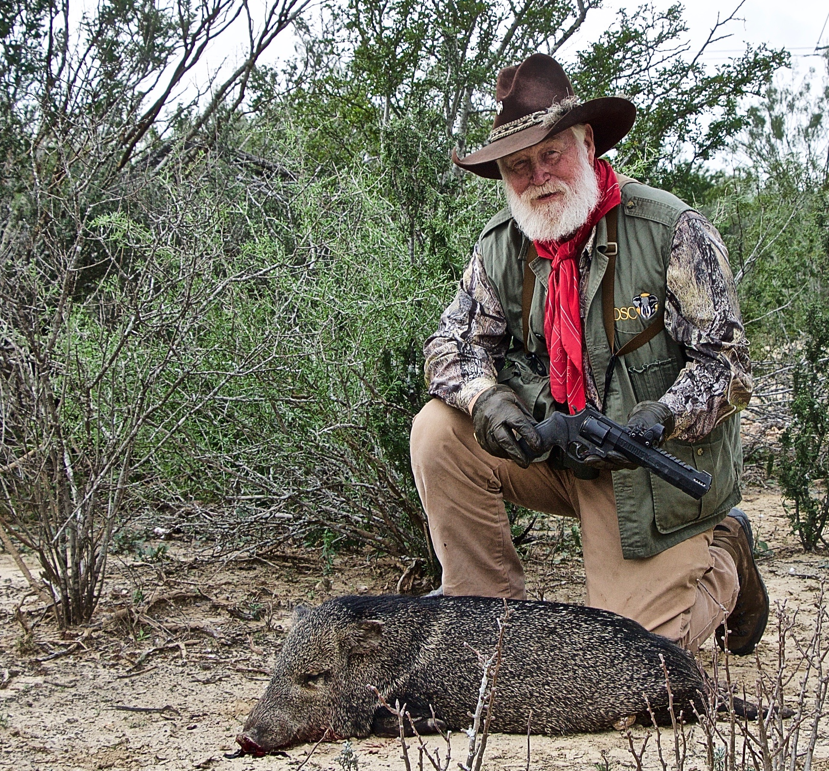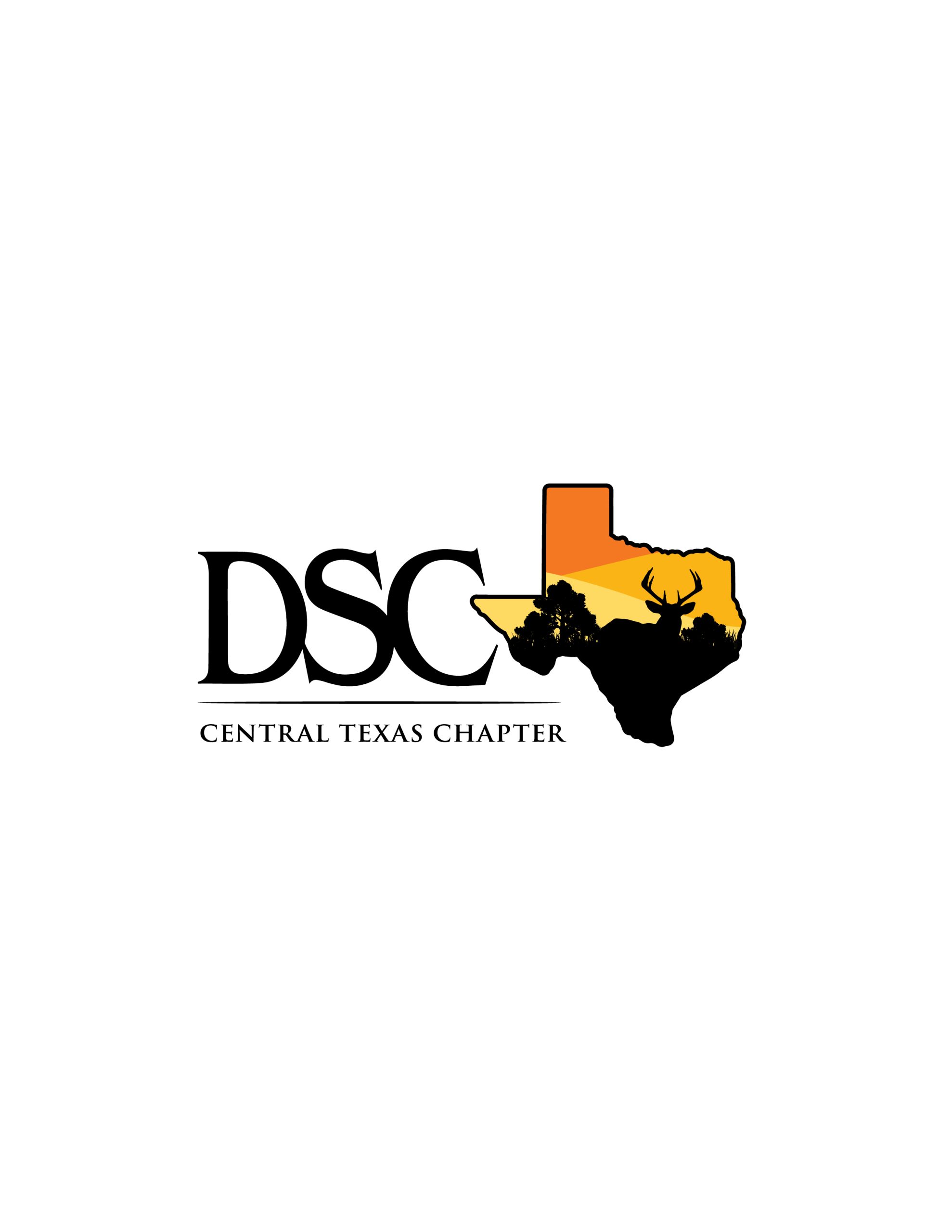Mistakes Predator Callers Make, and How to Prevent Them!
[author] [author_image timthumb=’on’]https://www.biggame.org/wp-content/uploads/2019/10/untamed.png[/author_image] [author_info]Larry Weishuhn is a widely known writer, speaker, raconteur and world hunter. He co-hosts “DSC’s Trailing the Hunter’s Moon” on Pursuit Channel, CarbonTV and the show’s YouTube Channel.[/author_info] [/author]
No sooner had I begun blowing my Burnham Brothers jackrabbit in distress call than a coyote charged out of the underbrush heading directly toward me! I jerked my father’s Model 94 .30-30 lever action to my shoulder, pointed it in the general direction of the fast-coming coyote, then, wildly fired all seven rounds. The coyote left unscathed.

A few moments later, hunting knife in my right hand just in case the “wolf” decided to attack and my empty rifle in my left hand, I retreated home, anxious to tell my story to all who would listen.
As a ten-year-old, I made numerous mistakes calling in that first coyote. Foremost in my mind at the time, was not taking a shotgun loaded with Number 4 buckshot, or, carrying extra ammo. But that was only part of it.
I have learned a lot since that initial calling experience!
A frequently made mistake is setting up to call from a place that gives predators the upper hand by not paying attention to the wind. Do not set up with the wind blowing from you to where you expect coyotes, bobcats or foxes to be or approach from. Predators live by their noses. Regardless of where they initially come from, they almost always circle to approach the distress sounds from downwind. Set up where you have shooting lanes to the left and right of directly downwind.
Some predator callers do not call steadily, consistently and continually. Remember you are not trying to call turkeys or ducks! Once you start, keep calling for at least ten minutes. If you do not call continually some predators may lose interest in responding when you stop calling. This is easy with an electronic call, not so easy with a mouth-blown I tend to use.
Movement…set up where you can see, and sit where you will be comfortable. Sit still and do not move! Consider using a chair and shooting sticks, so your rifle or shotgun is already in a shooting position when a predator approaches. Minimize your movement or at least try to blend in with the background, and never skyline yourself. If you like wearing camo, do so. If not wear greens and browns.
Shooting sticks, whether commercial models or self-made, minimize your movement and allow you to shoot more accurately. A decoy, set up in front of the shooter, keeps incoming predators concentrating on it rather than the caller. Simply a feather tied on a string and dangling from a limb works well.
A common mistake among predator hunters, and other hunters in general, is rushing the shot as I did on my first called-in coyote. Be patient and let predators come close for higher percentage shots. Then take your time and be certain you are on target. Do not just simply shoot in the direction of the predator! Be precise in shot placement. One of the reasons I love using Trijicon’s AccuPoint scopes, with their “green dot.” Waiting and not shooting immediately when you first see a responding coyote may also result in multiple animals responding. It is not uncommon for two or more coyotes to respond at one time.
I love hunting predators with the same rifles I use on big game, shooting Hornady ammo. Again, the same bullet load I use when hunting big game. To me, any rifle chambered in .22 and beyond is a good predator round. But again I like using my big game hunting rifles. Occasionally, when calling where predators may be close when they respond and become visible, I use a 12-gauge shotgun loaded with Hornady’s BB Heavy Magnum.
The calls I use are by Burnham Brothers (www.burnhambrothers.com): their mouth-blown calls and their new electronic Rogue call, which is many times more advanced in creating “sound” than any other such call. I have had more success with these calls than any others!
Before starting to call I also spray the area with Predator Death Grip, from www.TRHP.com. This product will definitely help not only in calling in predators, but also in holding them in the area allowing more shot opportunities.
It is also important to not get frustrated if predators do not immediately respond or do not respond at every “stand.” You might call in one or more predators at every stand, but that is not the norm. Personal past experience and those of other serious predator hunters suggest you generally call in a predator one out of every eight stands. If you have one of those days when nothing responds, do not lose faith or give up. Sooner or later a predator will respond to your efforts.
To learn more, simply go hunting…
 Regardless of what is going on in the world, there are always small things, of beauty and splendor, for us to enjoy, admire and appreciate!
Regardless of what is going on in the world, there are always small things, of beauty and splendor, for us to enjoy, admire and appreciate!
Watch “DSC’s Trailing the Hunter’s Moon” TV show on our YouTube Channel, or on CarbonTV.
If you haven’t heard any of the “DSC’s Untamed Heritage” podcasts, visit blubrry.com/untamedheritage/ to listen to one of our dozens of podcast episodes.



